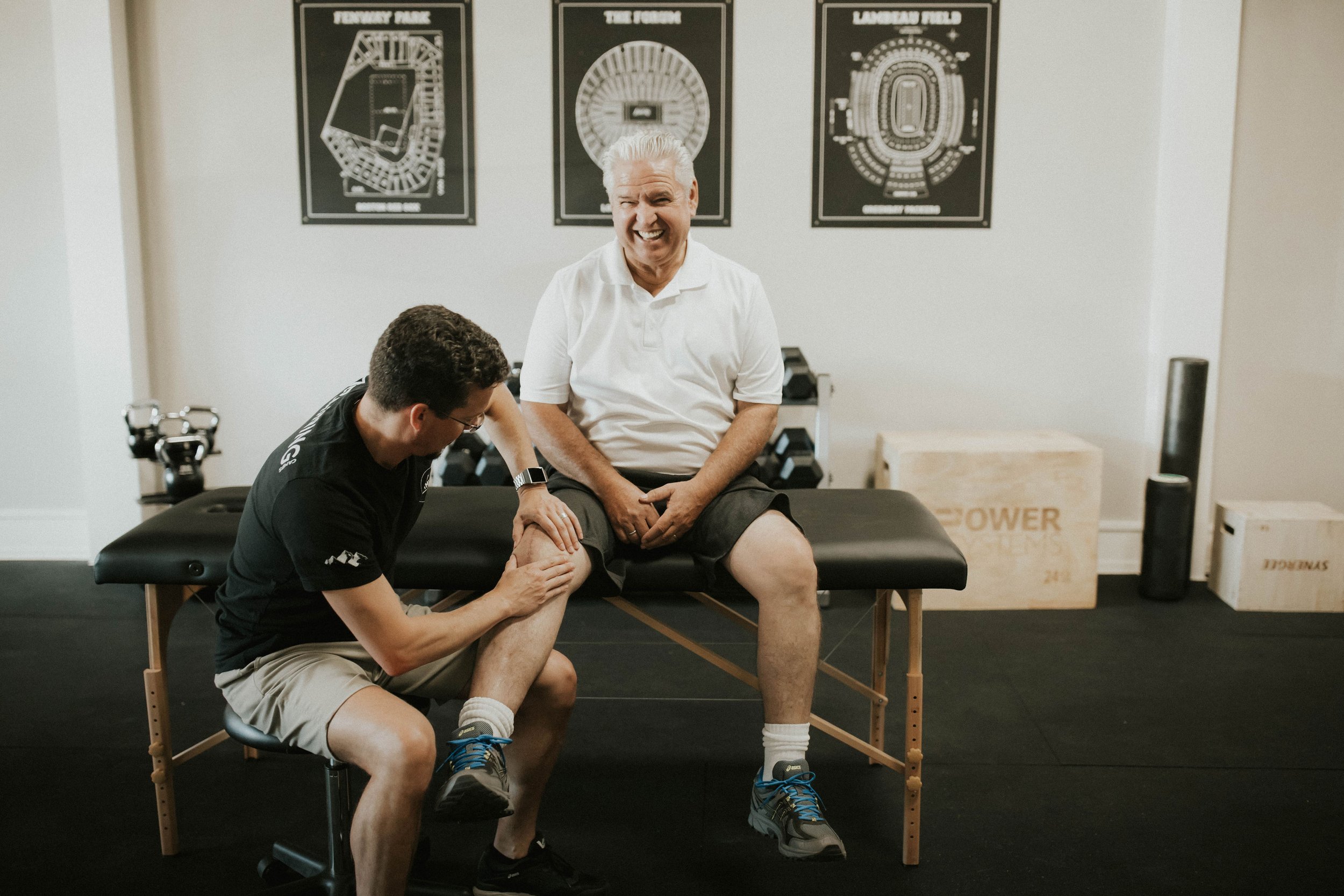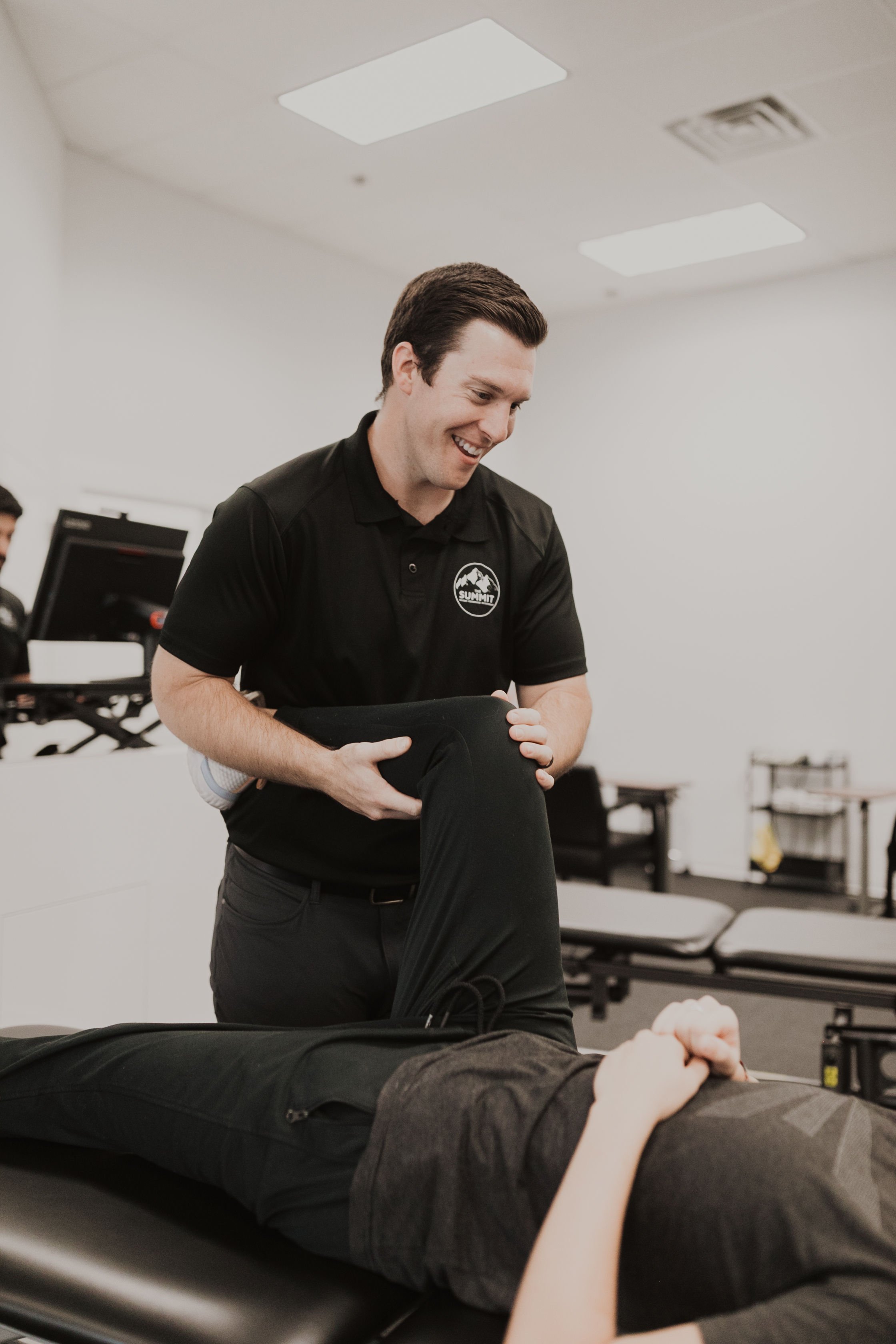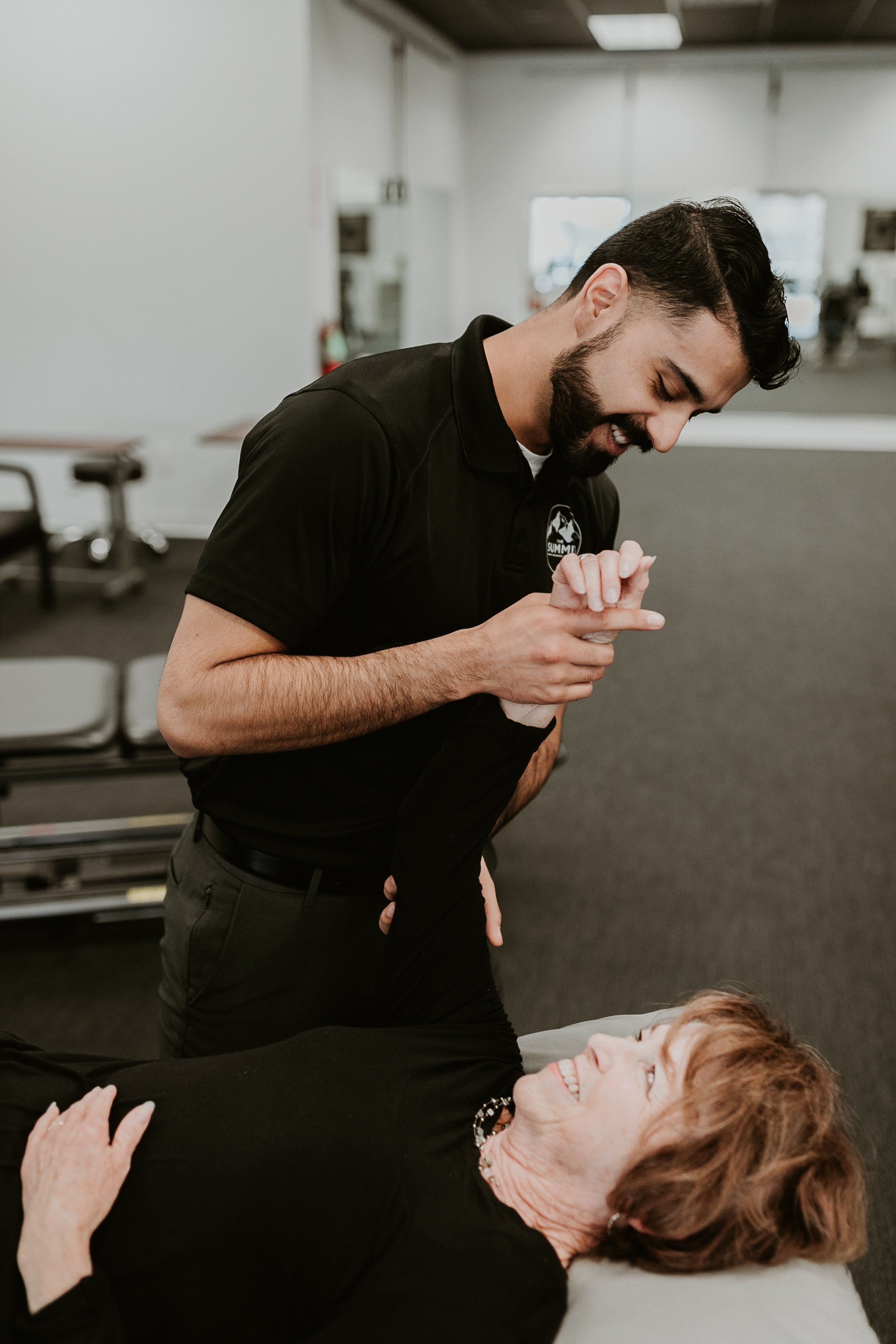Are you curious about physical therapy and how it can help improve your health and well-being? In this blog, we will delve into the world of physical therapy, exploring its aim, importance, and the various conditions it can effectively treat. We’ll also discuss the specialized areas within physical therapy, such as pediatric, geriatric, and sports physical therapy. If you’re considering a career in physical therapy or simply want to understand the skills required for this profession, we’ve got you covered. Additionally, we’ll compare physical therapy to occupational therapy and explore the future scope of this field. So whether you’re seeking treatment or looking to learn more about physical therapy as a whole, keep reading to discover all you need to know.

Understanding Physical Therapy
Physical therapy, also known as PT, is a healthcare profession focused on treating individuals with physical impairments or disabilities. Physical therapists, or PTs, use various techniques, exercises, and manual therapies to improve mobility, relieve pain, and restore function. They create personalized treatment plans based on each patient’s specific needs and goals. Physical therapy can benefit a wide range of conditions, such as musculoskeletal injuries, neurological disorders, and chronic pain. In addition to treating patients, PTs also play a crucial role in preventing future injuries and promoting overall wellness through patient education and lifestyle modifications. By incorporating NLP terms like “physical therapist,” “muscle strength,” and “medical conditions,” the practice of physical therapy can be better understood and appreciated.
The Aim and Importance of Physical Therapy
The aim of physical therapy is to enhance physical function and improve mobility, which in turn reduces pain and enhances overall quality of life. Physical therapists, also known as PTs, are highly trained professionals who utilize a wide range of techniques, exercises, and equipment to treat various conditions and injuries. Their expertise is especially beneficial for individuals recovering from surgery, managing chronic pain, or dealing with sports-related injuries. Physical therapy plays a crucial role in helping individuals regain their independence, preventing further injury, and improving their overall physical well-being. It is an essential component of healthcare that focuses on restoring movement, promoting functional mobility, and enhancing overall physical fitness.

History of Physical Therapy
Physical therapy has a rich history that can be traced back to ancient civilizations such as Egypt and Greece, where therapeutic exercise and massage were used to promote healing. However, it wasn’t until the early 20th century that physical therapy began to formalize as a profession. Professional organizations were established, and standardized education programs were developed. World War I and World War II played a significant role in advancing physical therapy as injured soldiers required rehabilitation services. Over time, physical therapy has evolved to encompass a wide range of techniques and interventions, including manual therapy, exercise prescription, and electrical modalities. Today, physical therapists play a crucial role in helping individuals recover from injuries, manage chronic conditions, and improve overall mobility and quality of life.

What Does Physical Therapy Involve?
Physical therapy involves a combination of exercises, manual therapy, and various techniques to enhance mobility and function. Each treatment plan is personalized to the individual’s condition and goals, which may include stretching, strengthening exercises, balance training, and pain management techniques. A physical therapist assesses the patient’s condition and develops a tailored approach for optimal results.
The Process of Physical Therapy
The process of physical therapy involves a variety of techniques and exercises to help patients regain or improve their mobility, strength, and function. It begins with an evaluation by a physical therapist to assess the patient’s condition and create a personalized treatment plan. This plan may include manual therapy techniques like massage or joint mobilization, therapeutic exercises, and stretches. To reduce pain and inflammation, physical therapists may also use modalities such as heat or cold therapy, electrical stimulation, or ultrasound. Throughout the treatment, progress is closely monitored, and adjustments to the plan are made as needed. Physical therapy plays a crucial role in treating and preventing physical impairments, disabilities, and pain.

Common Conditions Treated with Physical Therapy
Physical therapy is a versatile treatment option that can address a wide range of conditions. One common condition that physical therapy can help with is back pain. Through exercises and manual therapy techniques, physical therapy can alleviate and manage chronic back pain. It also plays a crucial role in rehabilitating sports-related injuries, such as sprains, strains, and fractures. For individuals with arthritis, physical therapy can improve joint mobility and reduce pain through exercises, modalities, and assistive devices. Post-surgical rehabilitation is another area where physical therapy is essential for recovering strength, flexibility, and function. Additionally, physical therapy can assist individuals with neurological conditions like stroke or Parkinson’s disease in improving movement, balance, and overall function. Finally, physical therapy helps individuals regain mobility and functionality after accidents or traumatic injuries through strength training, coordination exercises, and specialized therapies.
How Does Physical Therapy Benefit These Conditions?
Physical therapy is a highly beneficial treatment option for a wide range of conditions, such as musculoskeletal injuries, chronic pain, and neurological disorders. One of the key advantages of physical therapy is its ability to alleviate pain and improve mobility. Through targeted exercises and techniques, physical therapy helps patients regain strength and restore normal function. Moreover, physical therapy promotes healing, enhances muscle strength, increases range of motion, and addresses balance and coordination issues, leading to an improved overall quality of life. Whether you’re recovering from an injury or managing a chronic condition, physical therapy can play a vital role in your rehabilitation and well-being.

How to Choose a Physical Therapist?
When selecting a physical therapist, it is crucial to prioritize finding someone who is licensed and certified in the field. Additionally, considering their experience in treating your specific condition or injury can greatly impact the effectiveness of your treatment. Seeking recommendations from healthcare professionals can also be helpful in finding a reputable and skilled physical therapist. Alongside these factors, effective communication and feeling comfortable during treatment are important considerations to ensure a positive therapeutic experience.
What is the Future Scope of Physical Therapy?
The future scope of physical therapy appears promising as healthcare services continue to be in high demand. Physical therapists are expected to play a vital role in managing chronic conditions and promoting overall wellness. Advancements in technology, such as telehealth and wearable devices, will further enhance the delivery of physical therapy services. With an aging population and a focus on preventive care, the demand for physical therapy is projected to continue growing.
Can Physical Therapy Completely Cure a Condition?
Physical therapy can greatly improve various conditions, but it may not fully cure them. The main goal is to reduce pain, enhance mobility, and improve overall function. The effectiveness of physical therapy depends on the individual’s condition and their commitment to treatment.

Physical therapy is a crucial aspect of healthcare that aims to improve mobility, reduce pain, and enhance overall quality of life. Whether you’re recovering from an injury, managing a chronic condition, or seeking preventive care, physical therapy can provide personalized treatments and exercises tailored to your specific needs. With specialized areas such as pediatric physical therapy, geriatric physical therapy, and sports physical therapy, you can find the right expertise for your unique situation. To ensure the best results, it’s important to choose a qualified physical therapist who has the necessary training and education. While physical therapy can greatly improve your condition and alleviate symptoms, it’s important to understand that complete cure may not always be possible. However, with the guidance and support of a skilled physical therapist, you can achieve significant improvements in your health and well-being. If you’re ready to take the first step towards better mobility and wellness, schedule your appointment with a trusted physical therapist today.
Book an appointment with our experienced physical therapists for personalized care that meets your unique needs.





